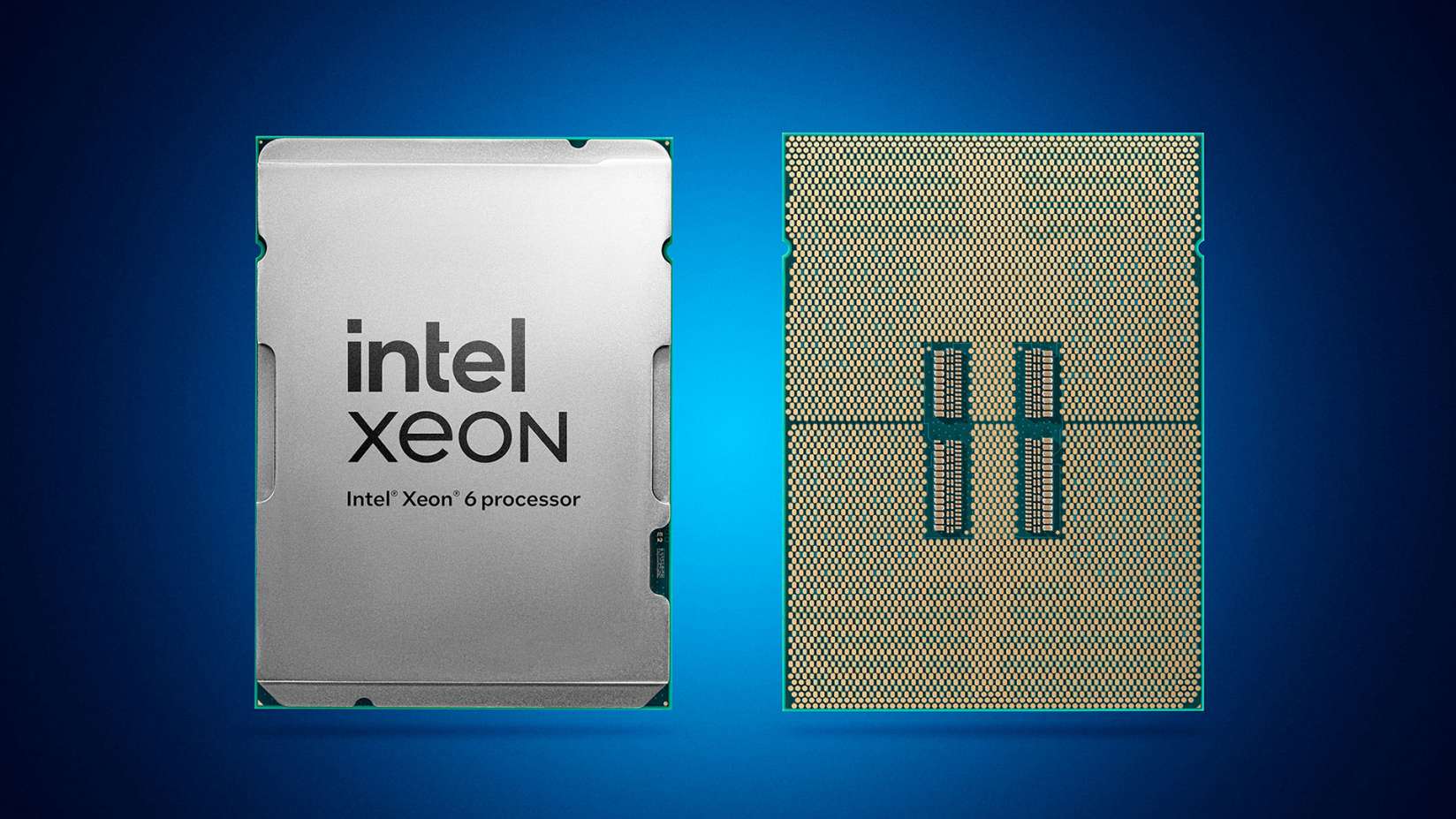 INFRA
INFRA
 INFRA
INFRA
 INFRA
INFRA
Intel Corp. today introduced two new chip lines designed for laptops and servers that both promise to significantly outperform the company’s previous-generation silicon.
The Lunar Lake series of laptops systems-on-chip will be made at Taiwan Semiconductor Manufacturing Co. Ltd. fabs. It features two types of central processing unit cores optimized for performance and for power efficiency. Intel detailed Lunar Lake together with its latest Xeon 6 series of server CPUs, which will be made using its own three-nanometer manufacturing process.
The chipmaker debuted the new product families at the Computex hardware event taking place this week in Taiwan. Several Intel competitors, notably Advanced Micro Devices Inc. and Nvidia Corp., also introduced new offerings at the event.
Each Lunar Lake chip will ship with three main compute modules: a CPU, a neural processing unit optimized to run artificial intelligence models, and a graphics processing unit. The last module comprises two sets of circuits: one designed to speed up AI applications and another built for graphics rendering tasks.
Intel says that Lunar Lake’s onboard CPU is up to 14% faster than the previous-generation design. It comprises four so-called P-cores designed to maximize application performance and an equal number of E-cores, which trade off some speed for better power efficiency. An onboard piece of software called Thread Director determines what user application should run on which circuit type.
According to Intel, the speed-optimized P-cores owe their performance partly to the fact that they ship with an enhanced cache. This cache stores the data the CPU processes in close proximity to its computing circuits. The closer data is located to a chip’s computing circuits, the faster it can be retrieved for processing, which speeds up calculations.
CPUs have an internal clock that “ticks” up to several billion times per second. Each such tick is known as a cycle. The speed at which a CPU can move data from its cache to its compute circuits for processing is usually measured in a few cycles.
According to Intel, Lunar Lake’s P-cores each have a 240-kilobyte cache that they can access with latency of nine cycles or less. That’s five times larger than the amount of comparably-fast cache included in the company’s previous-generation cores.
Intel has also equipped the new P-cores with a number of other optimizations. When a CPU requires a piece of data for a calculation, it uses a module called an AGU to figure out which section of its memory contains the required information. Lunar Lake’s P-cores feature one more AGU than their predecessors for a total of three. Additionally, they include a new AI thermal regulation mechanism that helps ensure they don’t overheat while crunching data.
According to Intel, the efficiency-optimized E-cores in Lunar Lake chips also feature design improvements. Compared with the company’s previous-generation silicon, they can carry out more computations at once. For added measure, Intel has enhanced an existing feature that allows the cores to predict what calculations a program will require in the near future and perform them ahead of time.
The Lunar Lake’s E-cores and P-cores are implemented on a silicon die, or chiplet, made using TSMC’s three-nanometer node. The same manufacturing technology is used to make the chip’s two other compute modules: the onboard NPU and GPU.
The Lunar Lake’s NPU can run AI models with a top speed of 48 TOPs, or trillion computations per second. The integrated GPU provides another 67 TOPs of performance for machine learning applications. Additionally, the latter module features a set of processing cores optimized for rendering tasks that Intel says can run video games up to 50% faster than its previous-generation silicon.
Lunar Lake combines its three onboard compute modules with a second chiplet dubbed the Platform Controller Tile, or PCT. It’s made using a six-nanometer TSMC process. The chiplet includes circuits optimized for cybersecurity tasks such as encrypting files, as well as a module that manages the flow of data in and out of Lunar Lake’s other components.
Intel detailed Lunar Lake alongside the first six chips in its new Xeon 6 series of server processors. The processors’ core counts range from 64 to 144. Intel says that the most capable 144-core chip in the lineup can perform media transcoding, the task of changing videos’ file format, more than four times faster than a CPU made five years ago.
The Xeon 6 lineup is based on the company’s latest three-nanometer manufacturing process. Some of the processors in the series use an E-core design optimized for power efficiency, while the remaining chips use P-cores built to maximize application performance. The six CPUs that Intel debuted today fall into the former category.
The company detailed that the Xeon 6 E-core is a scaled-down version of the P-core with a more limited feature set. Notably, the former design has a smaller cache and can perform fewer computations in parallel. It also lacks some of the P-core’s AI optimizations.
Intel plans to launch the first Xeon 6 processors with P-cores early next year. According to the company, the most advanced chips in the lineup will feature 288 cores, twice as many as the fastest server CPU it debuted at Computex today.
THANK YOU